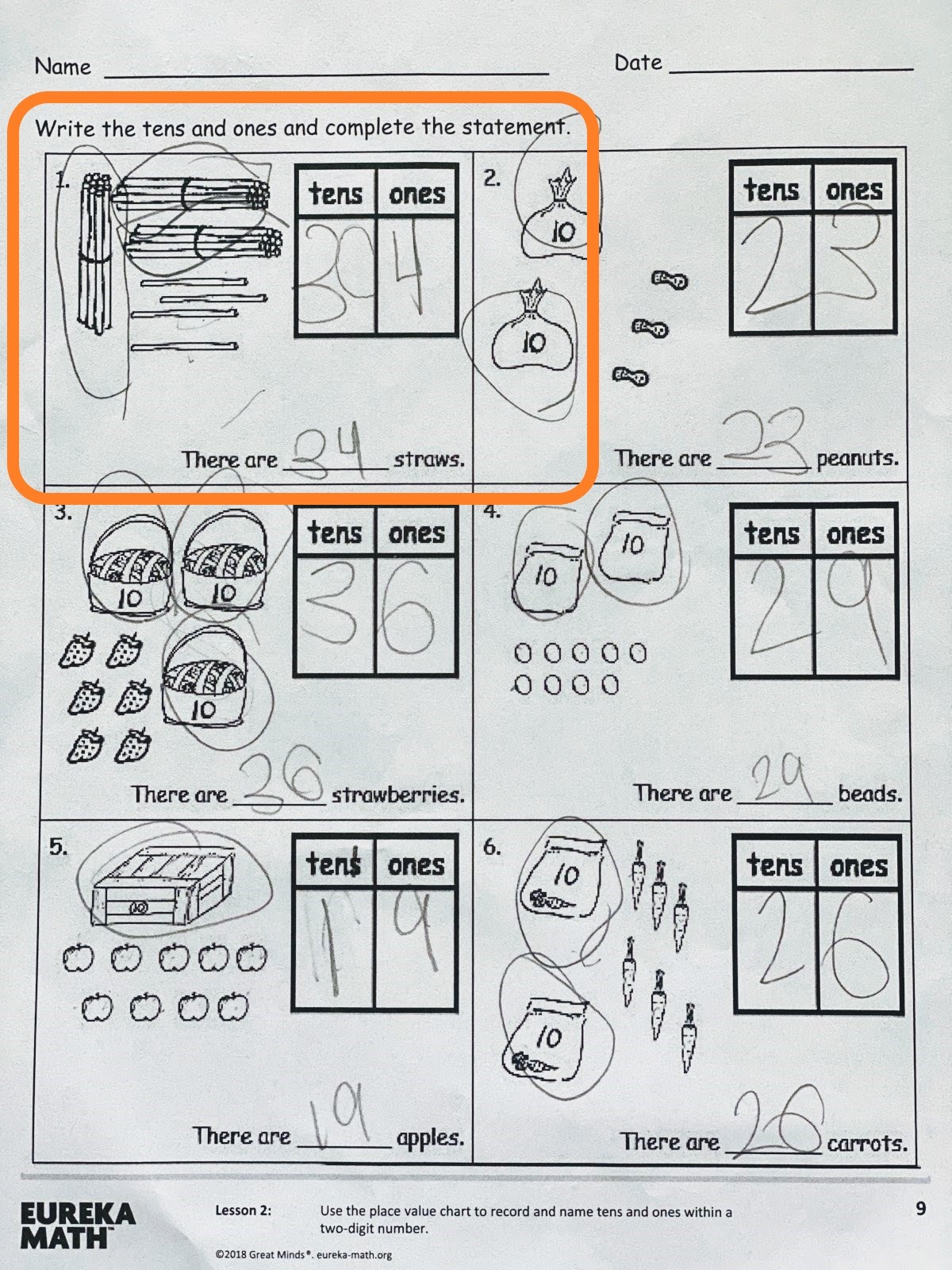During this unprecedented time of learning from home, there are resources from teachers, schools, education companies, and even museums. Families have access to materials, but now must decide how to implement them in the best possible way for their children. As an educator who has taught children from age 5 to twelfth grade, and in all types of settings from traditional classroom settings to inside a child’s play house, I wanted to share the strategies that I have found useful. Our hope is this can be useful for parents directly or for educators and school and district leaders to share out themselves, in order to help families navigate the barrage of resources and assignments coming their way. Parent Pedagogy 101 is a multi-part insight series that focuses on strategies that are the foundation for great learning, whether it be at home or at school. In this series we will discuss methods for questioning, normalizing mistakes, incorporating wait time, and keeping it positive, even when you don’t know the answer.
PART 1 in our series: DON’T ANSWER QUESTIONS, ASK THEM.
“Finished!” your first grade daughter yells from the kitchen table as she completes a 30 question math worksheet. As you begin to examine her answers, you see that #1 is wrong, #2, #4, #6, #8, and #9 are wrong too. A rush of questions begins flowing in your brain. What should I do? Was this review or new material? How many should she have gotten right? Can I teach this? Did I do something wrong? Should I email her teacher? How did she miss this much?
Now before you grab a red pen and the X’s start to pile up on the paper, let’s pause for a minute and talk about a series of questions that can turn the challenges of learning at home into successful learning opportunities for the whole family.
One of the most impactful changes I made to my classroom throughout the years was not using new technology or changing textbooks, but in how I communicated with my students. It’s not that those are not important things; but fundamentally, I did not need to be the keeper of the knowledge in the classroom. It was more important to be the facilitator that helped students make connections between old and new topics and discover multiple ways to solve problems. So, I made a commitment to talking less, asking more questions, and not giving away an answer.
This one change drastically improved student success and helped students realize where they had missed the mark, without me having to directly point it out. These simple adjustments can do the same for your at-home learning environment.
Getting Started:
Try not to give in to telling your child the answer, what to do next, or how to fix a mistake. Getting the correct answer is important, but not as important as the thought process. Refraining from jumping in with the answer, and instead using questions, will allow your child to grapple with the material in a positive way. This is a teaching strategy for sharing the ownership of the knowledge with your child, instead of you possessing it soley.
WHY, HOW, and WHAT are three key words to use when working with your child. Here are some examples of the questions I used most with my students:
- How did you do that?
- What do you mean?
- How did you get that?
- Why did you do it that way?
- Why did that work?
- How else could you do that?
- What made you think of that?
How it works:

Let’s take a look at this example from a first grade assignment on place value (understand that the two digits of a two-digit number represent amounts of tens and ones). While the total number of straws is correct, the child made a common mistake in the tens column of the chart. Instead of listing the number of bundles of ten, the total number of straws in the bundles of tens is listed. An adult reaction might be, “There are 3 tens, not 30 tens.” This is true, but the child is not getting a chance to discover and learn from the mistake. Instead of starting with the answer, try starting with “Let’s look at number one together,” and then probe with questions like:
- How did you come up with the number of tens and ones?
- How many groups of straws do you see? How many straws are in each group? So how many groups of tens are there?
You can also use other statements and questions to aid the learning. A few examples are:
- Tell me more.
- Could we think about this another way?
- You’re close. Let’s try it again.
- Are you sure about that?
See it in action:
Here is a short clip of my former 11th grade students using these questioning techniques with each other. As Ethan and Brett guide their classmates, listen for these questions:
What kind of triangle are you working with?
Side, angle, side?
Can we skip a whole area here? Or is there a place where they are all connected?
What does that mean when you have a side, side, angle?

Catching yourself before giving out an answer can be tough and takes practice. Until it became natural for me, I put sticky notes with “WHY?” written on them throughout the classroom to help remind me and my students to question one another first. Don’t be afraid to do the same in the kitchen, office, or where your child is learning. It is important to note that some students are not used to being asked these questions. If your child is struggling or becomes frustrated (or you may be as well), take a moment. Remind them that by asking questions, you are complimenting their way of thinking. You want to know and understand how they got their answer. You are learning from them.
By engaging your child in the process of identifying and then fixing a mistake, the process becomes a routine, and mistakes become an integral part of learning.
Join us next week for Highlight Mistakes, Literally. Go Find A Highlighter!
Kelly Zunkiewicz is a national award-winning teacher with a decade of teaching experience. She has insight into the minds of educators and students and understands what makes great teaching happen.
